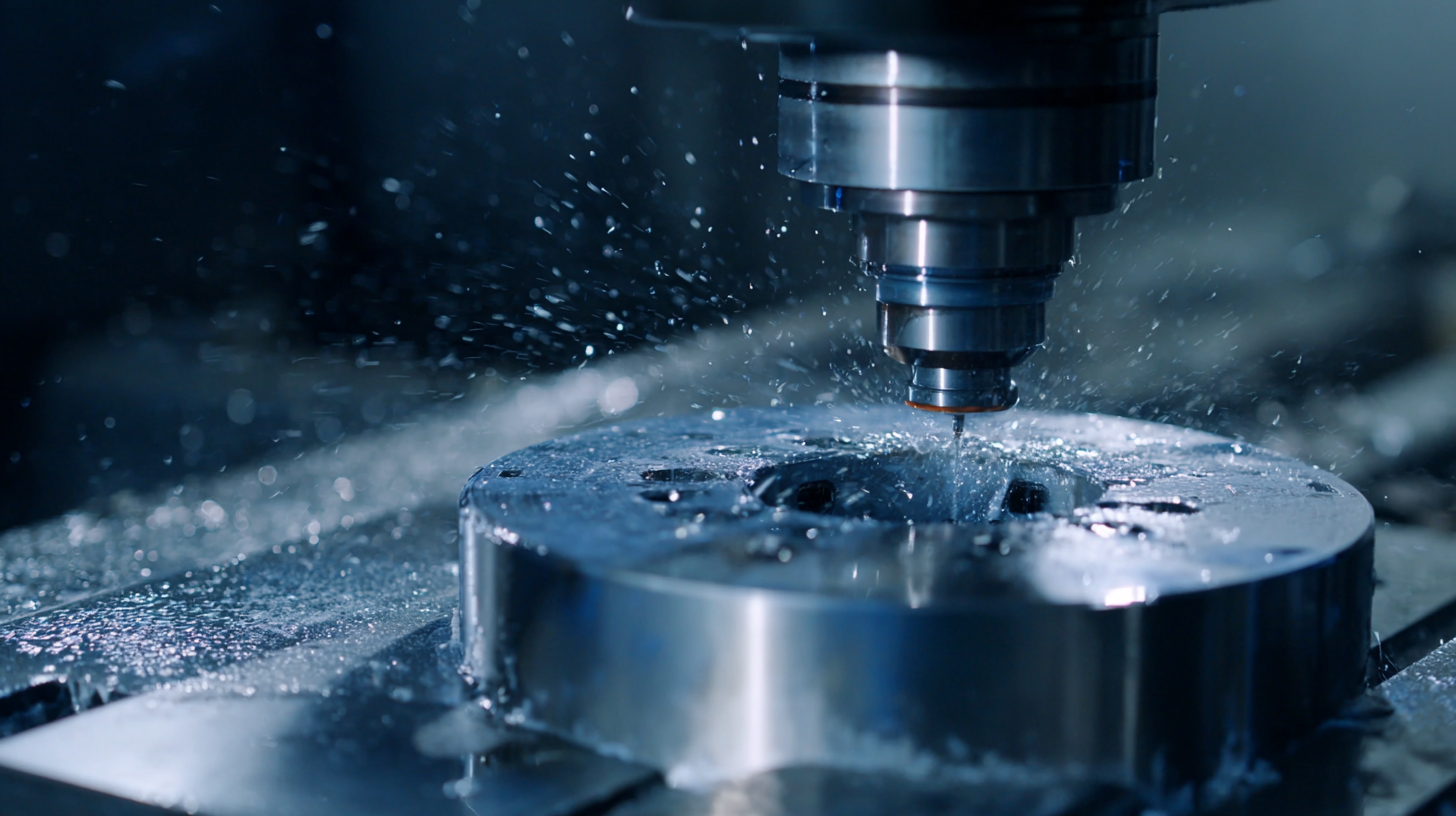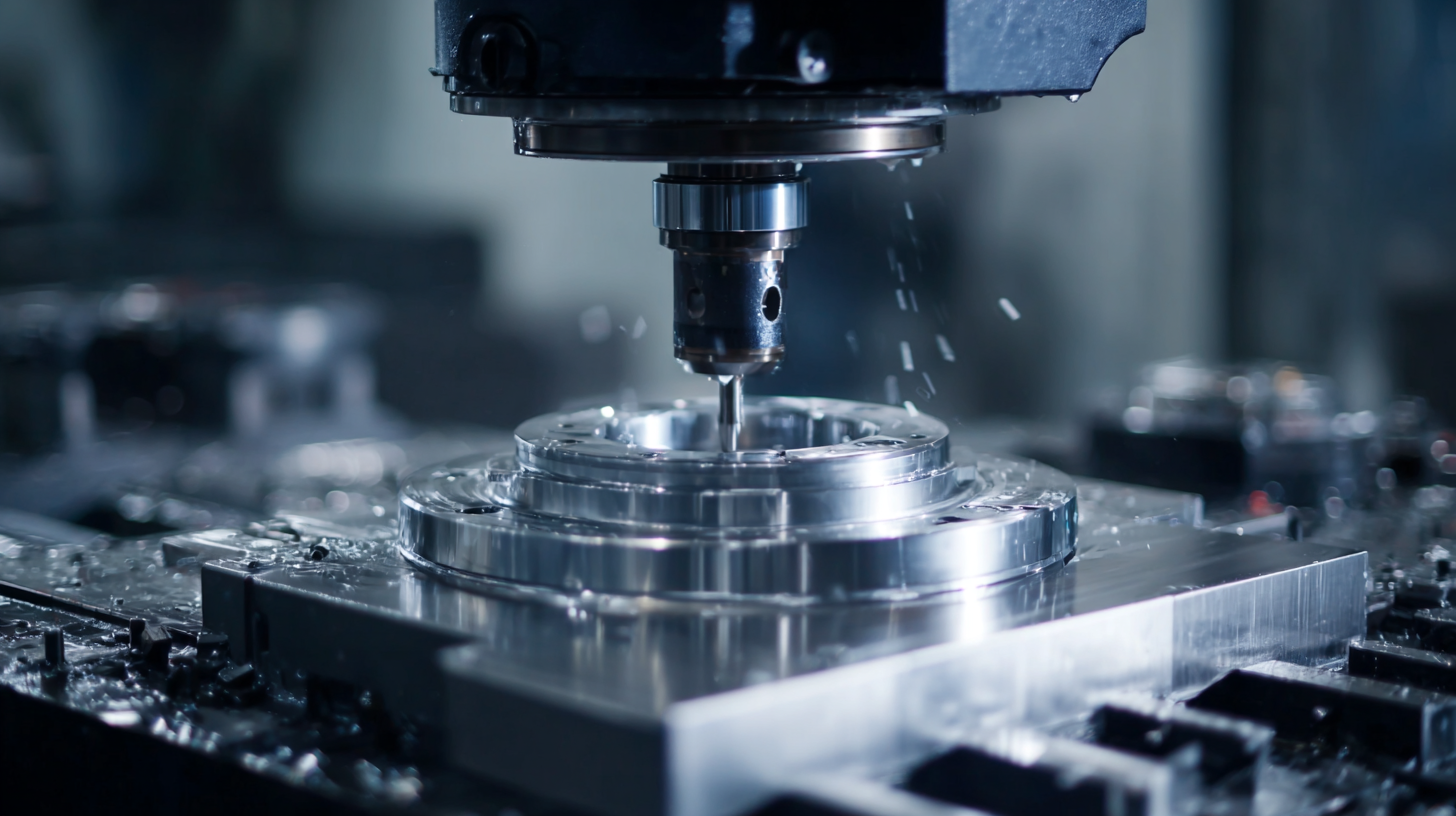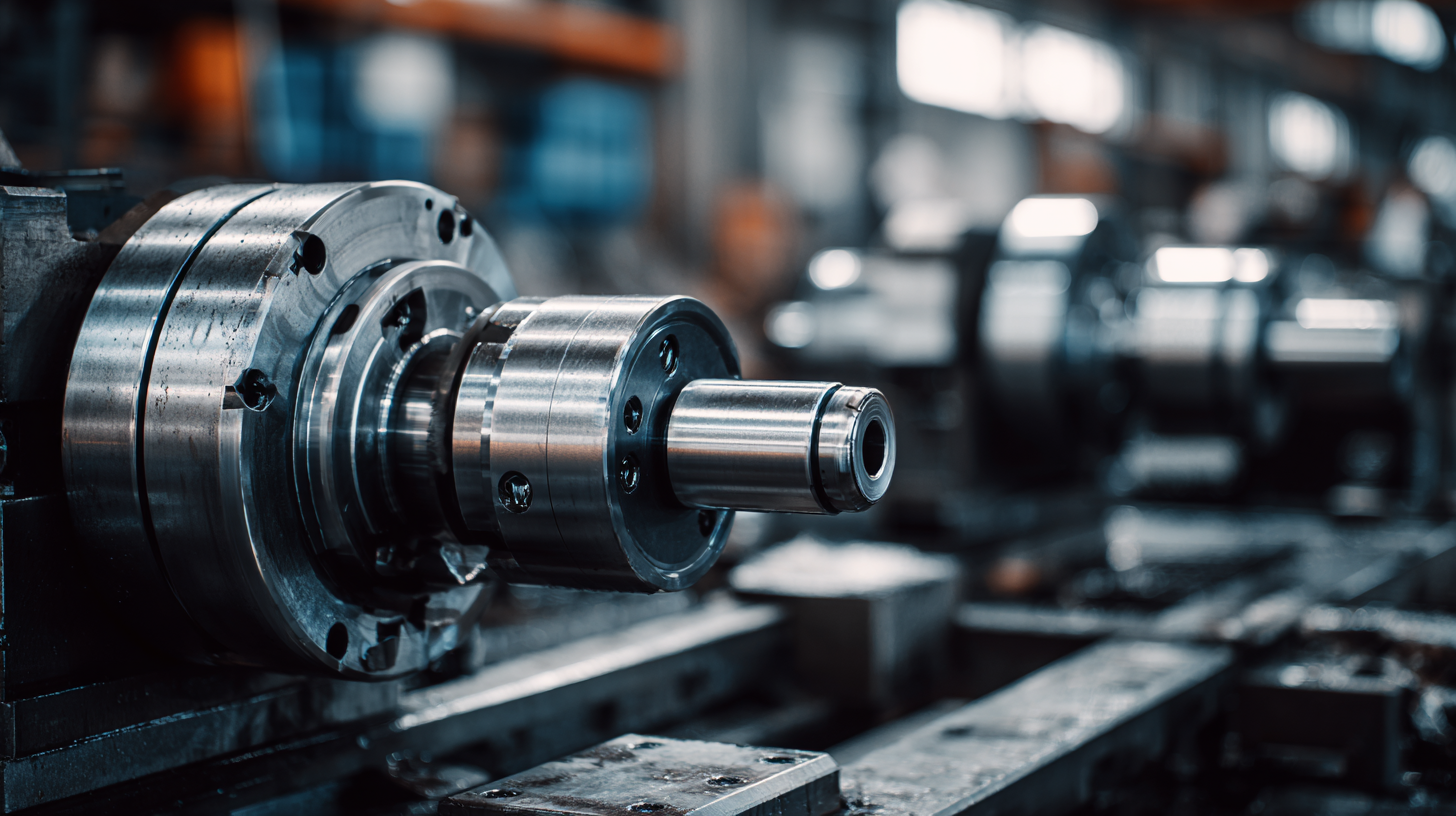The metal part fabrication industry plays a critical role in the manufacturing sector, particularly as it supports a myriad of applications across automotive, aerospace, and consumer electronics. According to a report by Grand View Research, the global metal fabrication market is projected to reach $20 billion by 2025, highlighting its significant growth potential. However, this industry faces several challenges affecting efficiency, quality, and cost-effectiveness. Issues such as material waste, labor shortages, and the integration of advanced technologies like automation and artificial intelligence pose complex hurdles. As companies strive to optimize their metal part fabrication processes, understanding these challenges becomes crucial for maintaining competitiveness in a rapidly evolving market. This blog aims to explore these obstacles while offering practical tips to navigate them effectively.

Metal part fabrication is an intricate process that involves several challenges, impacting both efficiency and product quality. Common issues faced in this sector include material inconsistencies, tool wear, and process variation. According to a report from the Fabricators and Manufacturers Association (FMA), nearly 60% of manufacturers reported that material defects significantly derail their production timelines. Such defects not only lead to increased costs but also directly impact customer satisfaction and brand reputation.
To address these challenges, companies must adopt proactive strategies. One effective tip is to invest in regular maintenance and calibration of machinery to minimize tool wear. A study from the American Society of Mechanical Engineers (ASME) highlighted that implementing routine checks can reduce downtime by up to 30%. Additionally, enhancing supplier relationships and sourcing high-quality materials can mitigate risks associated with material inconsistencies.
Another common challenge is process variation, which can arise from inconsistent machining methods or operator variability. To combat this, it's crucial to standardize processes and implement robust training programs for staff. A report by the National Institute of Standards and Technology (NIST) emphasizes that workplaces with standardized procedures experienced up to a 25% increase in productivity. Adopting these practices not only supports fabricators in overcoming prevalent challenges but also strengthens the foundation for future growth.
Material selection plays a crucial role in the metal part fabrication process, significantly influencing the occurrence of defects and overall production efficiency. Different metals exhibit varying mechanical properties, such as strength, ductility, and corrosion resistance, which can impact how they respond to fabrication techniques like machining, welding, and casting. For instance, materials with high ductility may reduce the likelihood of cracking during shaping, while those with lower ductility could be prone to defects if not processed correctly. Thus, choosing the right material can mitigate risks and enhance product quality.
Furthermore, the consequences of poor material choice extend beyond just defects. Inefficient material selection can lead to increased waste and higher production costs, as incompatible materials may require more energy and time to work with. Additionally, materials that are difficult to fabricate may slow down the production line, ultimately affecting the overall throughput. By understanding the implications of material properties on fabrication processes, manufacturers can streamline their operations, reduce defects, and improve the reliability and efficiency of their production systems.
| Material Type | Common Defects | Impact on Production Efficiency | Recommended Fabrication Process |
|---|---|---|---|
| Aluminum Alloy | Bending Cracks, Surface Imperfections | Moderate; Requires careful handling | CNC Machining, Casting |
| Stainless Steel | Weld Cracking, Heat Affected Zone | High; Welding requires specific parameters | TIG/MIG Welding, Laser Cutting |
| Carbon Steel | Oxidation, Dimensional Tolerance Issues | Variable; Quality depends on processing | Forging, Machining |
| Titanium | Surface Contamination, Dimensional Distortion | High; Sensitive to processing errors | CNC Machining, Hot Isostatic Pressing |
Rework in metal part manufacturing presents significant cost implications that can affect a company's bottom line. When defects occur during the fabrication process, reworking parts not only consumes additional labor and materials but also leads to delays that can disrupt production schedules. Each stage of rework requires careful attention, as overlooked mistakes can compound issues further down the line, escalating costs exponentially. The inability to deliver completed projects on time can damage customer relationships and undermine competitive advantage.
Furthermore, the financial strain caused by rework extends beyond immediate costs. Companies must factor in the lost opportunities when resources are tied up in reworking defective parts rather than pursuing new projects or improving existing processes. Additionally, continuous rework can signal underlying inefficiencies in manufacturing practices, necessitating investment in training or better technology to mitigate future errors. Therefore, addressing these challenges proactively not only helps minimize costs associated with rework but also enhances overall operational efficiency and product quality.
Quality control is paramount in the metal part fabrication industry, where challenges such as dimensional inaccuracies and surface defects can greatly impact product performance and reliability. According to a report by the National Institute of Standards and Technology, nearly 30% of metal fabricators encounter issues related to defects in their components, leading to increased production costs and delays. To address these challenges, implementing effective quality control techniques is crucial. Techniques such as statistical process control (SPC) and Six Sigma methodologies have shown to reduce defects by as much as 50%, optimizing workflow and enhancing overall production efficiency.
Furthermore, adopting advanced inspection technologies like computer tomography (CT) and laser scanning can provide deeper insights into material properties and help identify potential failures early in the fabrication process. A study conducted by the American Society for Quality found that companies integrating these technologies saw a 25% improvement in the accuracy of their measurements and a significant decrease in rework rates. By investing in comprehensive quality control strategies, the metal fabrication industry can not only mitigate existing challenges but also pave the way for innovation and higher standards in manufacturing practices.

The landscape of metal part fabrication processes is evolving rapidly, largely fueled by innovative technological advancements. One of the most significant developments is the adoption of artificial intelligence (AI) within manufacturing small and medium enterprises (SMEs). By leveraging AI, these companies are able to orchestrate their resources more efficiently, thus addressing common challenges such as production delays and quality inconsistencies in metal fabrication. This resource orchestration approach enables SMEs to enhance their operational capabilities, paving the way for improved process efficiency and reduced costs.
Additionally, Industry 4.0 principles are increasingly being integrated within the fabrication sector, transforming traditional manufacturing into smart factories. The combination of the Internet of Things (IoT) and advanced automation technologies not only streamlines operations but also allows for real-time monitoring and data analysis, resulting in higher accuracy and precision in metal part production. As the industry continues to embrace these technological innovations, it is clear that the future of metal part fabrication will heavily rely on a synergy of AI, IoT, and other advanced manufacturing techniques to overcome existing limitations and foster a more adaptive manufacturing environment.





